
One of the greatest strengths of Avatar: The Last Airbender is the consistent, seamless blending of comedy with serious subject matter. The series is both one of the funniest entries in American kids' animation, and one of the most mature at the same time.
That's not to say that some episodes don't tilt further onto one side of the spectrum than the other. For every light-hearted or adventurous episode of Avatar, there's a grittier outing to go with it. Some episodes of the series get surprisingly dark, ones which front-load the drama or horror with only occasional bursts of comedy.
10 "The Southern Air Temple" Hints At Darkness To Come
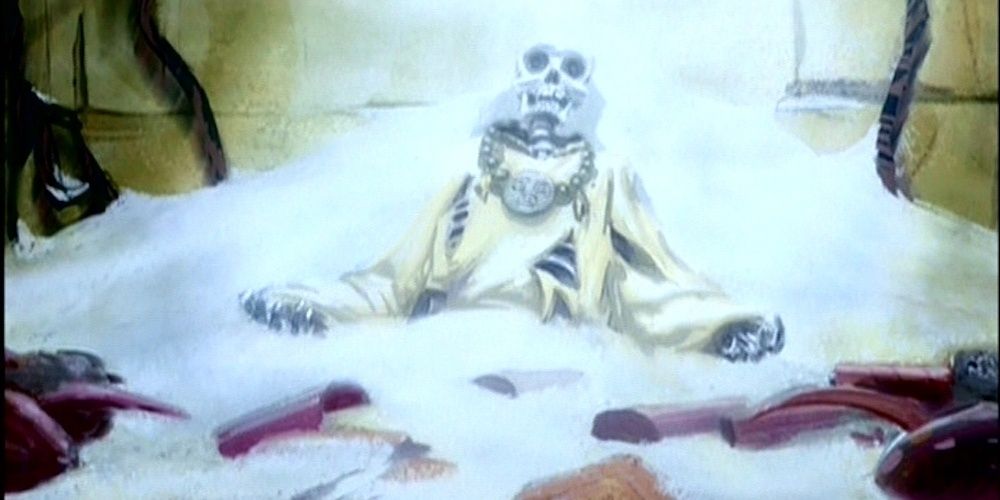
The first big hint that Avatar would push the boundaries of children's animation comes only three episodes into the series. The "Gaang's" first stop on their journey is Aang's old temple home. Katara and Sokka are hesitant to tell Aang about the Air Nomad genocide 100 years prior. The young Avatar then discovers it in the worst way possible when he stumbles upon the skeleton of Gyatso, his mentor, buried in a pile of dead Fire Nation soldiers.
The sight triggers Aang's tears then the Avatar State; Katara just barely talks him down. Not the kind of scene someone would expect to see on a network most famous for SpongeBob SquarePants.
9 "The Storm" Has The First Truly Scary Scene In The Show
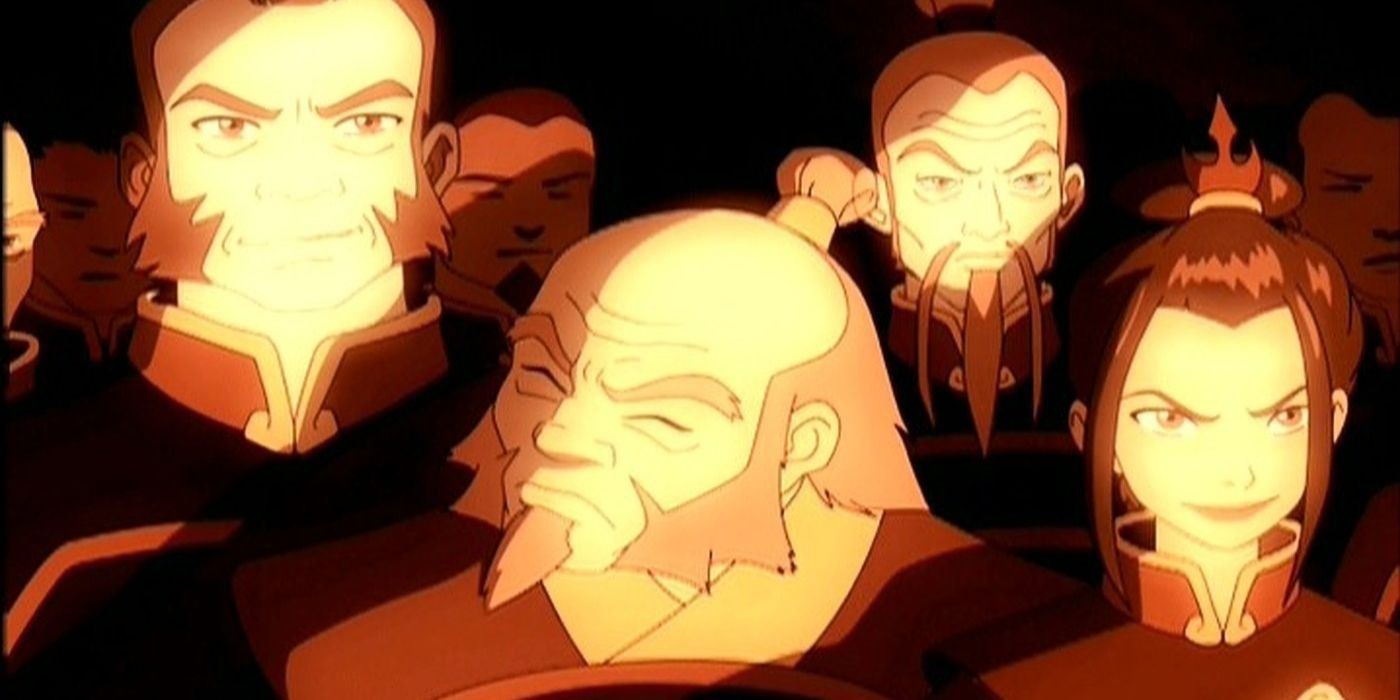
"The Storm" is a lynchpin episode— it reveals Aang and Zuko's backstories while further setting them up as each other's foils. It also contains one of the most horrifying scenes in the series.
In one of the two flashback storylines, viewers learn how Zuko got his scar; sentenced to duel his father for talking out of turn, he refuses to fight back. So, the Fire Lord decides to teach his son a permanent lesson in pain. The young prince's scream is heard over a shot of his remaining family's reaction; a pained Iroh averts his gaze while in her debut scene, Azula looks on with a grin stretching ear-to-ear.
8 "Siege Of The North, Part 2" Is Often Terrifying
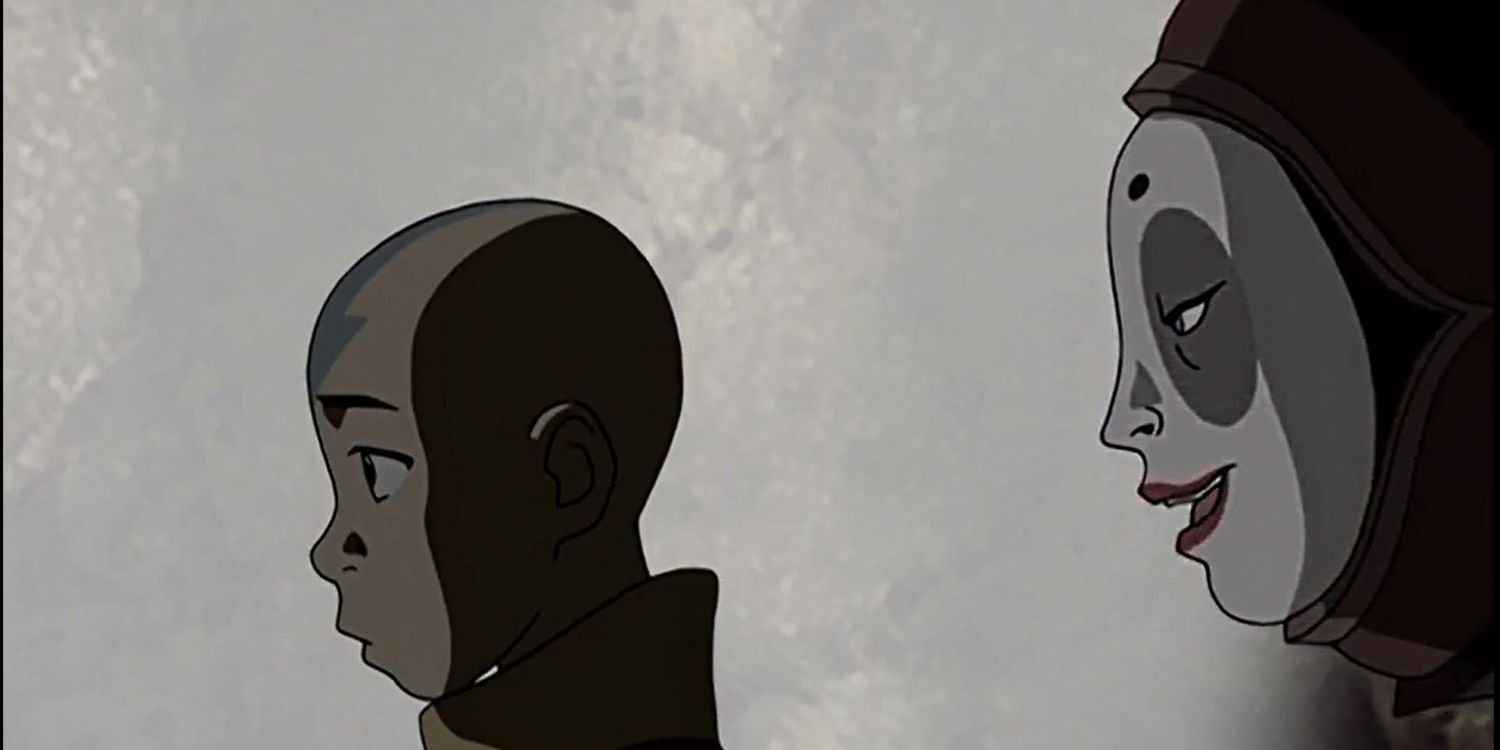
This episode earns a spot on the list just for Aang's trip to the Spirit World. There, he meets Koh The Face Stealer, the most horrifying one-shot character in Avatar. Viewers previously got a hint of how scary the Spirit World could be in "The Winter Solstice." Nothing in that episode, however, compares to the eldritch horror of Koh; his centipede-like body, his eerie, echoing voice, how he embodies the most primal fears: loss of identity.
Then, after Admiral Zhao kills the Moon Spirit, darkness spreads across a world sapped of color. From there, two named characters die: Princess Yue gives up her mortal existence to replace the slain Moon Spirit, while Zhao is drowned by a vengeful Ocean Spirit.
7 "Zuko Alone" Shows The Consequences Of Fire Nation Imperialism
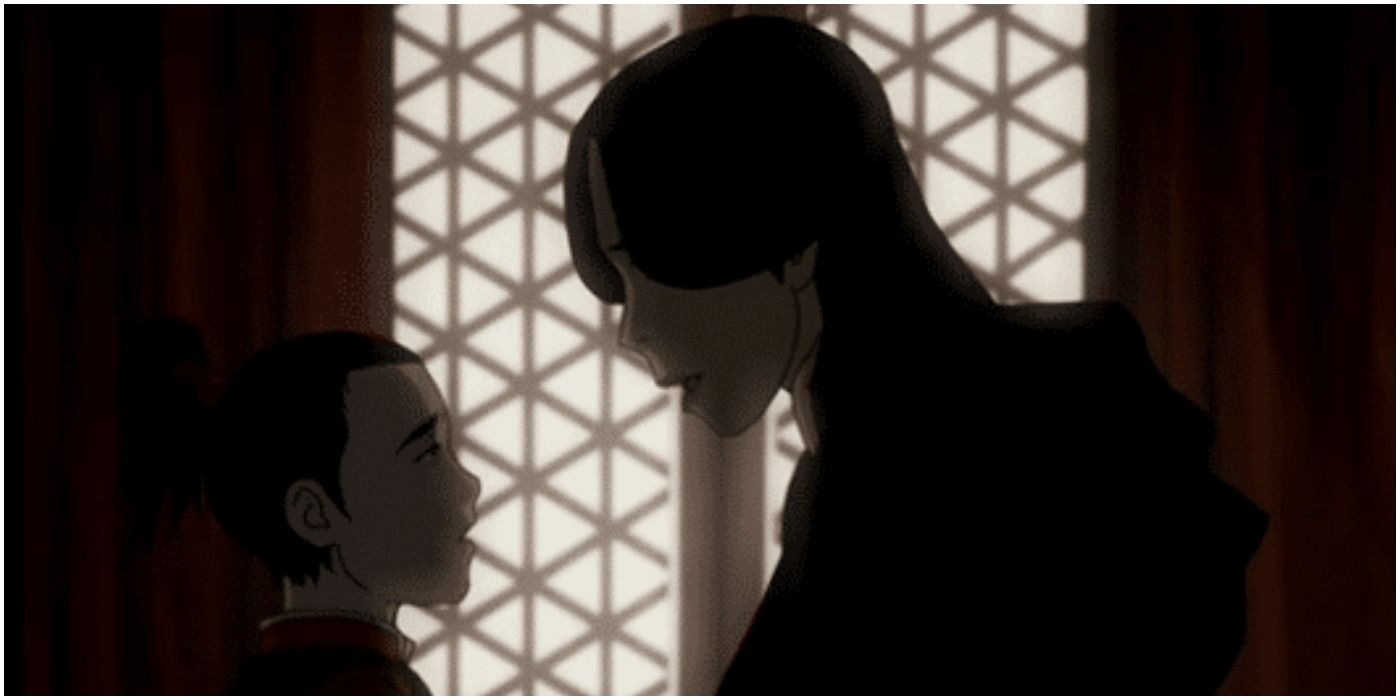
"Zuko Alone" has a deserved reputation as one of the series' best episodes. It pushed the series to new heights of quality, but it also showed that A:TLA would tread places it hadn't dared to in Season 1. There's the bleak look at life for the downtrodden in the Earth Kingdom; Zuko gets a look at the pain his nation has inflicted, and when the townsfolk reject him after he reveals his heritage, it's hard to blame them. Even darker than that though are the episode's flashbacks to Zuko's childhood. After Ozai makes a bid for the Fire Nation throne, his father Azulon orders Zuko's death as punishment. Thus, Ursa, Zuko's loving mother, kills the Fire Lord to protect her son, even if it meant never seeing him again.
6 "The Desert" Is A Bleak Story
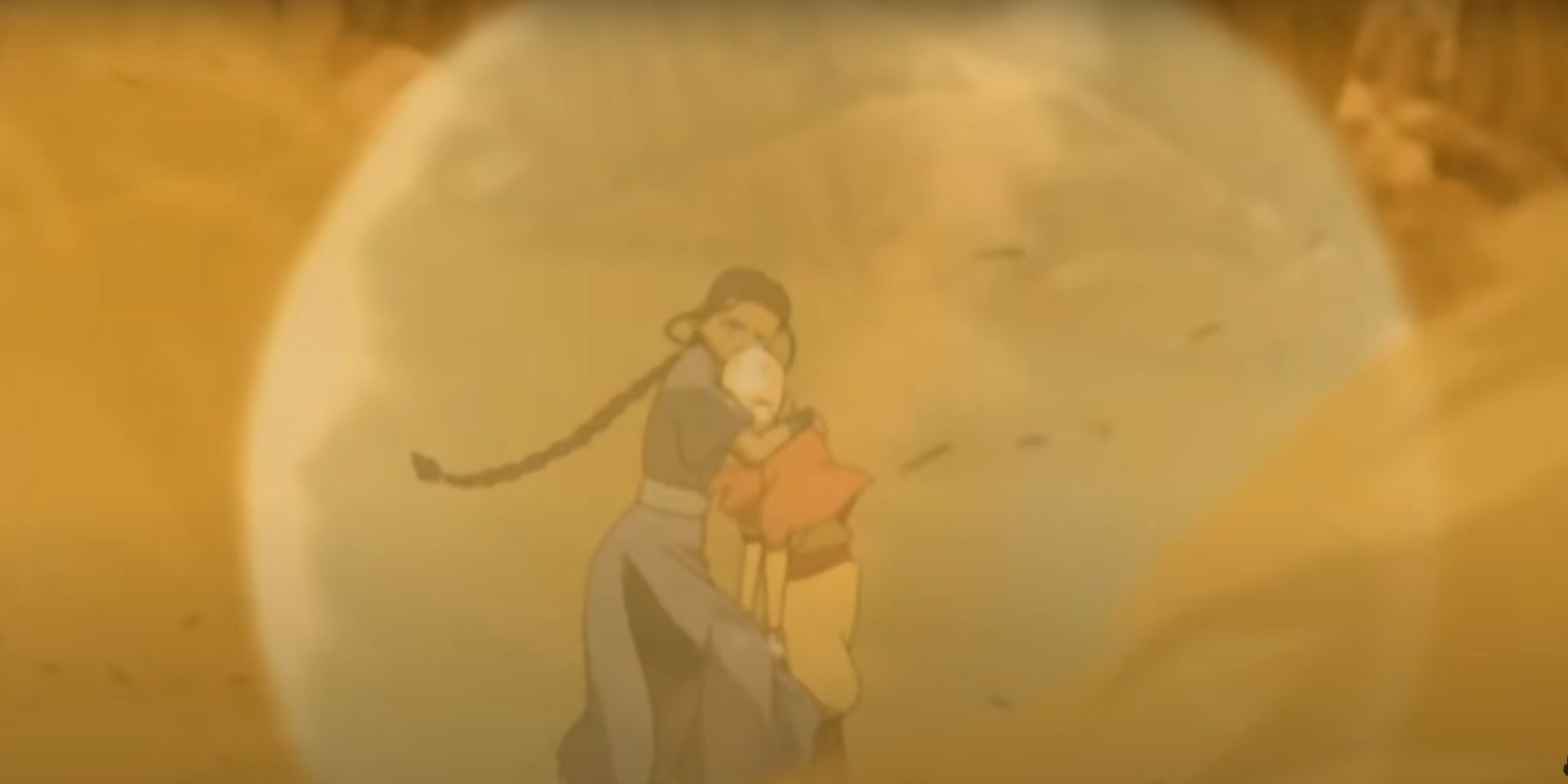
Hopelessness permeates much of "The Desert." Picking up directly after the last episode, where Appa was kidnapped by a group of nomadic "Sandbenders," the Gaang is now stranded in the middle of said desert with no transportation. The group is beset by dehydration and vultures, while Aang is left no time to mourn losing the last link to his culture. When the Gaang meet the tribe which had kidnapped and sold Appa, Aang lets loose the Avatar State and it once more falls to Katara to calm him.
Of course, as a great example of the show's mixing of light and dark, this otherwise bleak episode also contains the funniest moment in the show: Sokka high on cactus juice.
5 "City Of Walls And Secrets" Is Creepy From Start To Finish
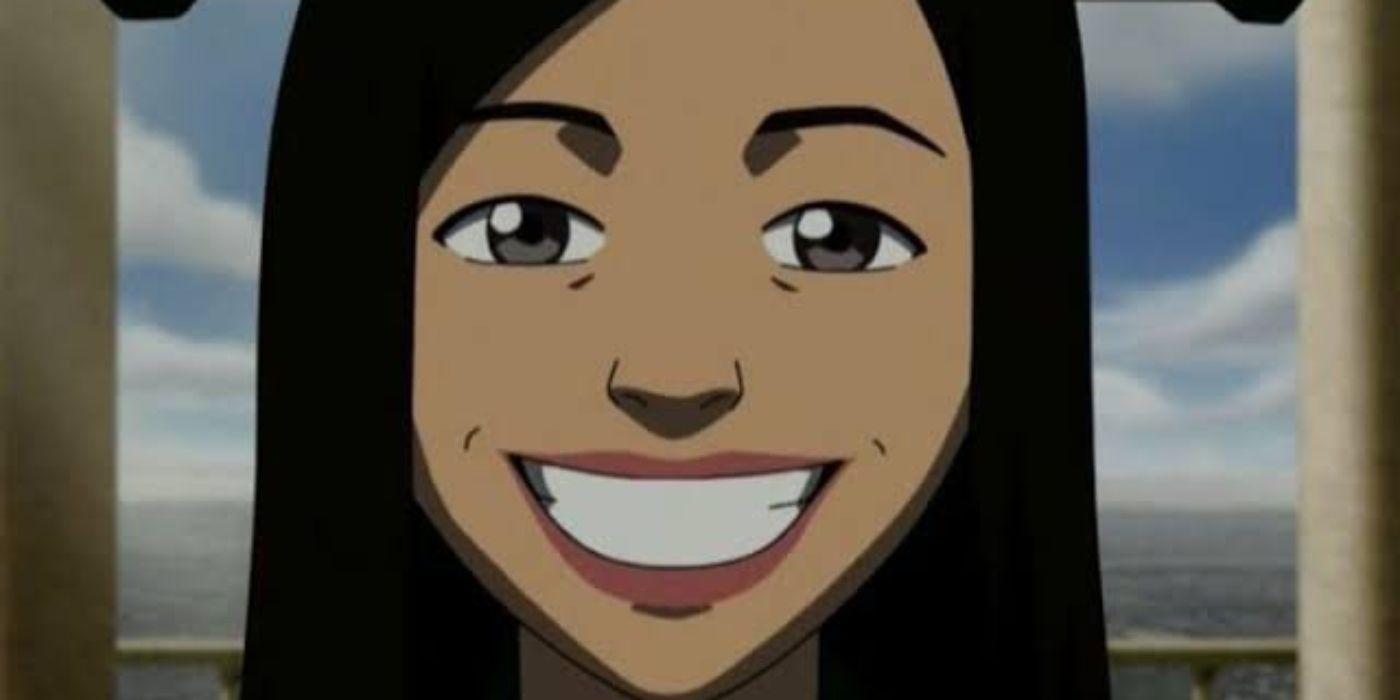
Ba Sing Se is spoken of as a haven for the first half of the series; the one Earth Kingdom city the Fire Nation has not been able to conquer. When the Gaang arrive there in "City Of Walls And Secrets," they quickly learn it's a false utopia.
For one, there's the class divisions with the city, literally represented by the walls which divide it into sections. Then there's Joo-Dee; from her unnatural grin and chime-motif, it's clear something's wrong with her even before she spouts that "There is no war in Ba Sing Se."
4 "Appa's Lost Days" Shows Animal Abuse
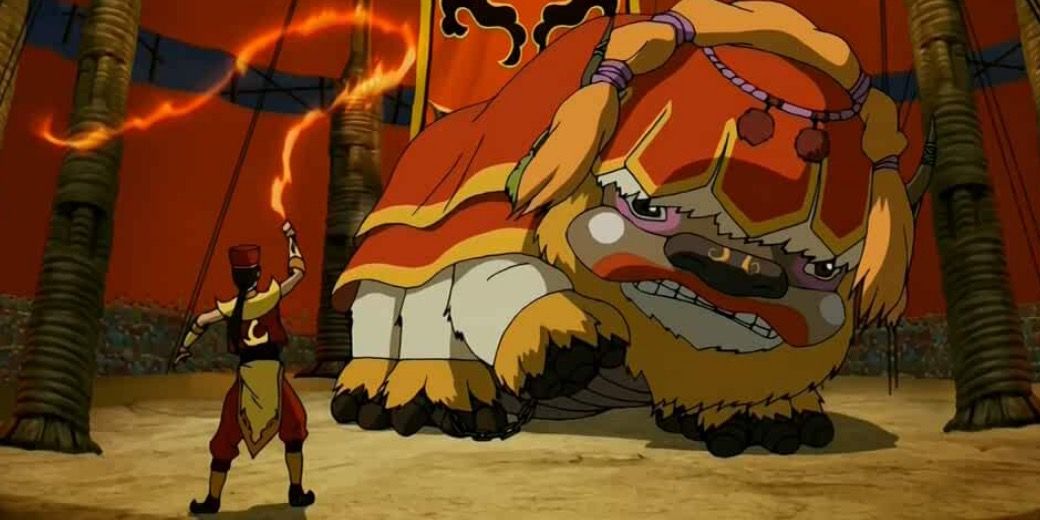
"Appa's Lost Days" fills in what happened to everyone's favorite sky bison during his separation from the rest of the Gaang. Chronicling a total of 40 days, the episode uses the story to comment on a real world issue: Animal abuse.
After being sold to a Fire Nation circus, Appa toils under a cruel tamer. Even after being set free, he still mostly meets unfriendliness while trying to make his way back to Aang. Then there's the downer of an ending; when Appa arrives in Ba Sing Se, he's captured by the Dai Li.
3 "Lake Laogai" Features A Brutal (Implied) Death
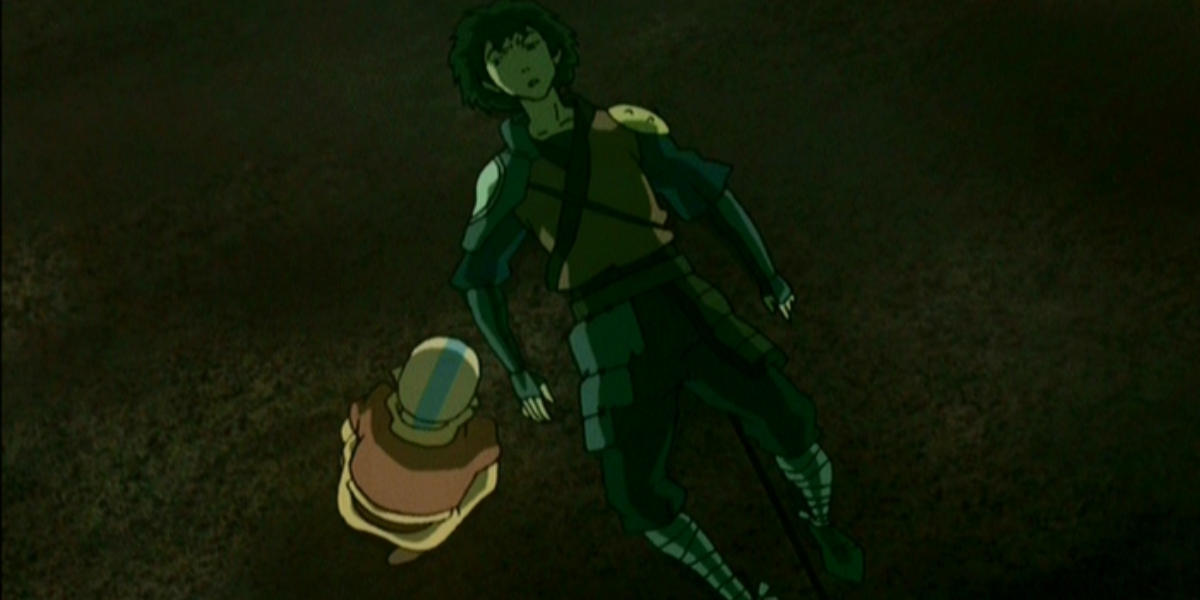
"Lake Laogai" follows up on "City Of Walls And Secrets" by delving more into the operations of the Dai Li. After viewers got a taste of their brainwashing methods in that aforementioned episode with Jet, this episode reveals the extent of their operation, including a whole group of "Joo-Dee's" being brainwashed.
There's also this episode's most infamous moment: Long Feng's murder of Jet. The death of a minor was one thing Nickelodeon wasn't willing to allow, so his fate had to be left ambiguous.
2 "The Puppetmaster" Features Straight-Up Body Horror

"The Puppetmaster" is the farthest the series tilts into outright horror and the closest thing to an Avatar Halloween episode. Hama manages to be one of the series' scariest characters with only 22 minutes of screen-time.
For one, there's her truly sad backstory which shows firsthand the evil of how the Fire Nation treated captive Waterbenders. Even more so, there's the episode's third act, where she goes full Wicked Witch and introduces bloodbending, a concept straight out of body horror. By the episode's end, she's passed down the art to Katara, driving the young Waterbender to tears as a chained Hama is led away cackling.
1 "The Southern Raiders" Is A Mature Look At Revenge
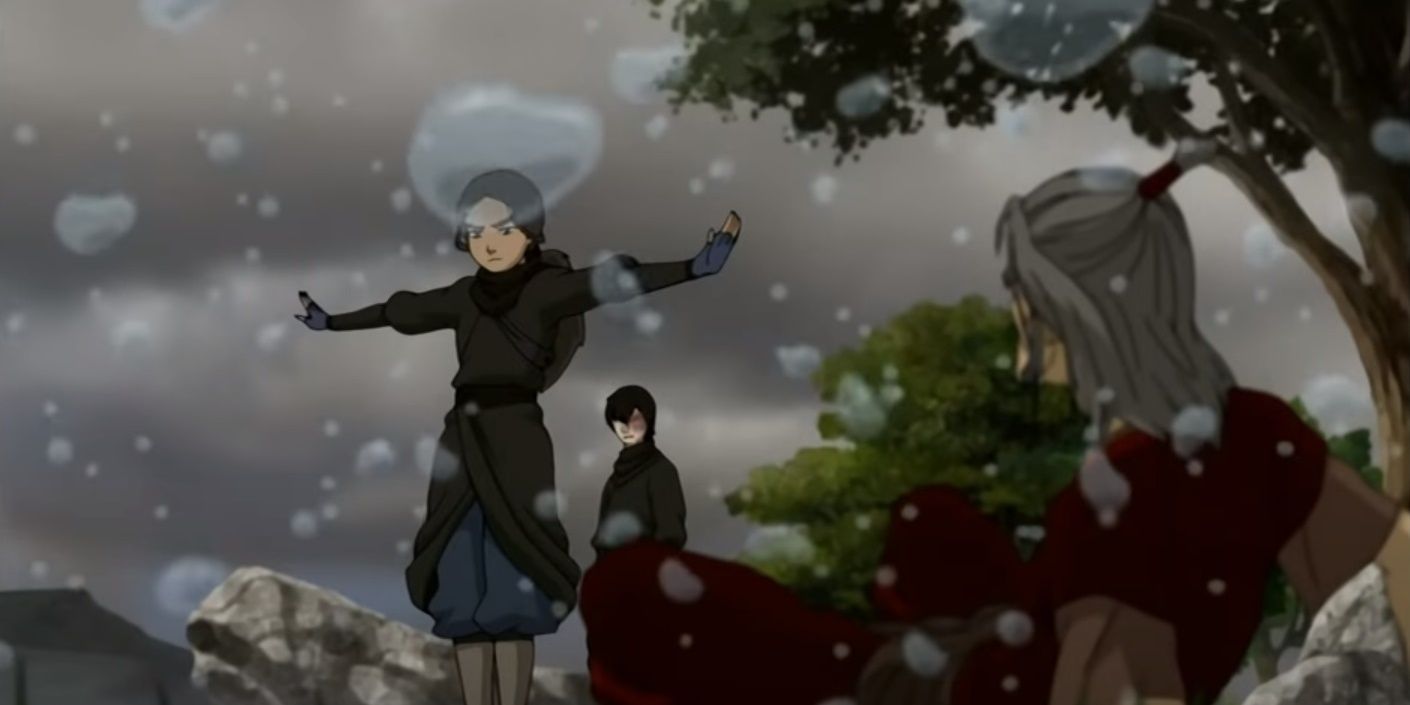
"The Southern Raiders" opens with a glimpse of Azula's soon-to-come breakdown; the pain of her friends' betrayal still fresh, she sports a manic grin and bellows to her brother, "I'm about to celebrate becoming an only child!" From there, the main plot kicks off: Intent on earning Katara's trust, Zuko offers to help her find the Fire Nation Soldier who murdered her mother.
Their quest is full of chilling moments: Flashbacks to Kya's murder through the eyes of a young Katara, Katara bloodbending a Fire Nation soldier, then finally, Katara confronting her mother's killer Yon Rha and just barely staying her hand. Katara can't bring herself to kill Yon Rha, but she can't forgive him either; this lack of easy answers is where the episode's maturity most shines through. On top of all that, in a miraculous moment of something slipping past Nickelodeon's censors, Zuko interrupts Sokka and Suki's attempt at a moment of intimacy in Sokka's tent.
0 Comments